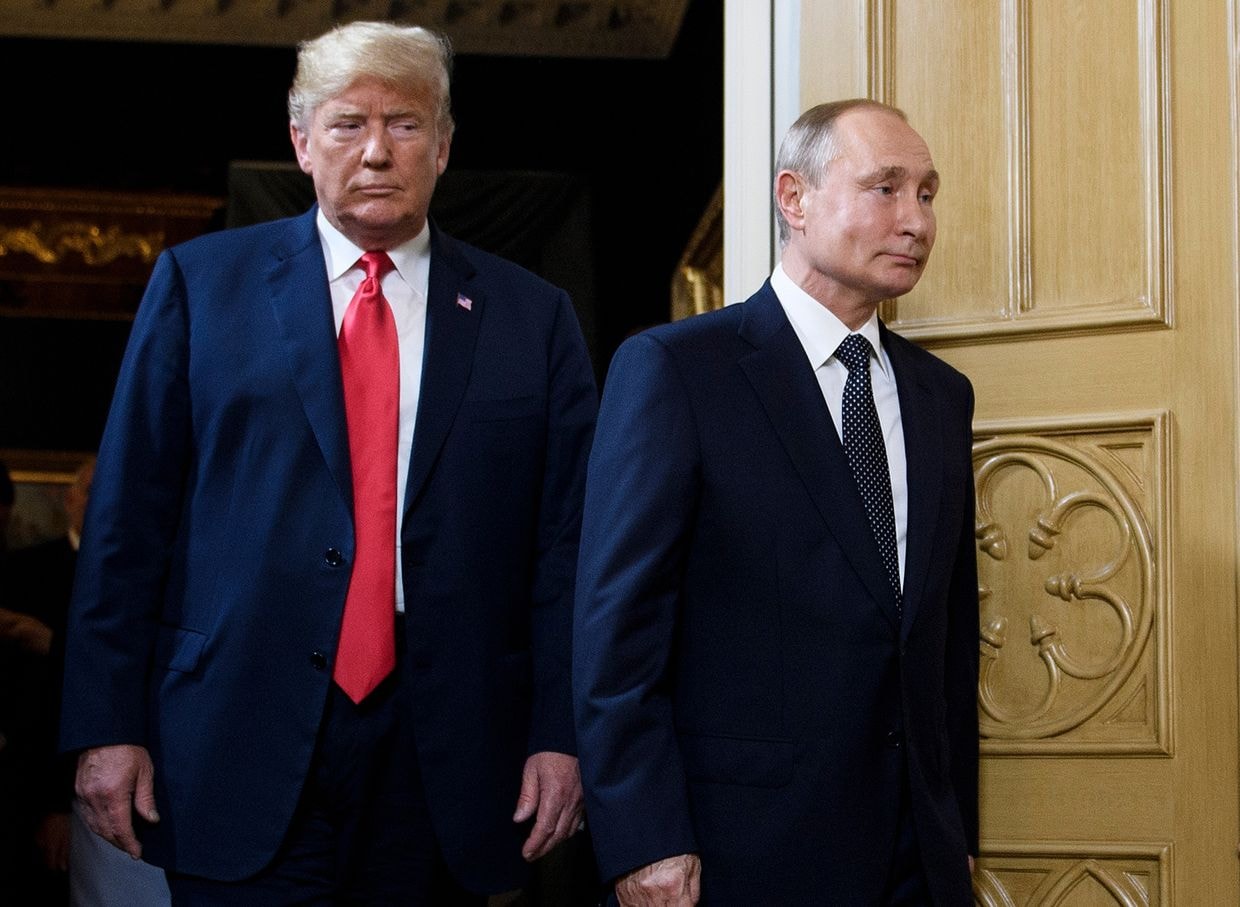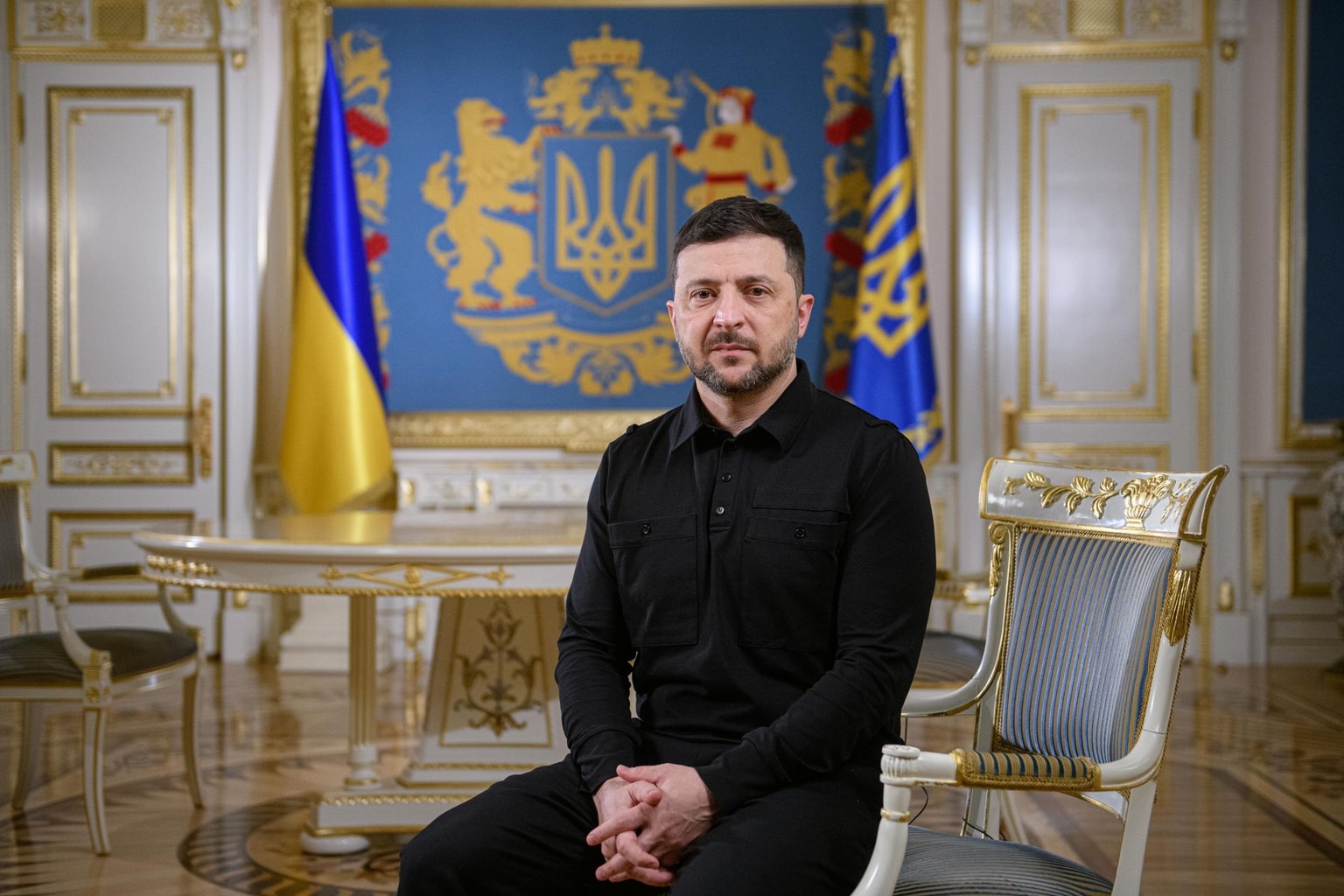Ukraine war latest: Kremlin denies preparing withdrawal from Zaporizhzhia nuclear plant

Key developments on Nov. 28:
- Nearly five million Ukrainian refugees have received temporary protection status in Europe, UNHCR says.
- Russia has launched over 16,000 missile attacks at Ukraine over the past 9 months, with 97% of targets being civilian, Ukraine’s defense minister says.
- Emergency blackouts resumed in all of Ukraine on Nov. 28.
Dmitry Peskov, the Kremlin spokesman, said on Nov. 28 that Russian forces were not leaving the occupied Zaporizhzhia Nuclear Power Plant, according to Russian and international media.
The comments come after Petro Kotin, the head of Ukraine's state nuclear energy operator Energoatom, said the day before that the company saw signs that Russia was preparing to leave the plant. Russian troops have occupied the plant since early March, and Russia has been using it as a tool of nuclear blackmail.
"There's no need to look for signs where there are none and cannot be any," Peskov told reporters during a briefing, as quoted by Reuters.
Russian troops have been in control of the plant since early March and have used it as a base for attacks against Ukrainian territory, according to multiple reports by Ukrainian authorities and local officials.
One of the latest attacks took place on Nov. 20, when the International Atomic Energy Agency reported over a dozen explosions close to the nuclear plant. Energoatom said Russian forces had shelled the area on that day.
IAEA Director General Rafael Grossi noted that the experts observed widespread damage at the site, but the plant remained intact.
Emergency blackouts resumed in all of Ukraine
Ukraine continues to cope with the consequences of Russia's latest mass attack that caused blackouts across the country on Nov. 23. It was Russia's fifth large-scale air strike targeting Ukraine's energy infrastructure, following the ones on Oct. 10, Oct. 17, Oct. 31, and Nov. 15.
Due to the rapid growth of the power deficit, Ukraine's state grid operator Ukrenergo resumed emergency cut-offs across the country on Nov. 28.
According to the company, the measure helps balance the energy system and prevent network emergencies.
The electricity production deficit has increased due to the shutdown of several power plants' units and currently constitutes 27%, Ukrenergo reported. Meanwhile, electricity consumption continues to grow due to worsening weather conditions, the operator added.
Kyiv Mayor Vitali Klitschko said that the city's residents should be ready for "the worst case scenario" as Russia continues to attack energy infrastructure.
In an interview with RBK-Ukraine media outlet, he called on Kyiv residents to prepare by stocking up on food, water, warm clothes, and power banks in case of a long blackout in the capital.
He also asked those who can, to move out of the city.
"There may be a temporary relocation of certain categories of people to the suburbs," Klitschko said.
He didn't specify what those categories are, whether the authorities will organize the relocation or whether he meant people's self-organized relocation, which he had called for.
At the beginning of November, the New York Times reported that Kyiv authorities had started planning the evacuation of the city's three million residents in case of a complete blackout in the Ukrainian capital.
Roman Tkachuk, the director of Kyiv's security department, later denied the information.
The Kyiv mayor also said residents should be ready for often power outages to last until spring due to a significant load on the electric grid during the winter season.
New refugee wave could be coming
In late October, Mykhailo Podolyak, advisor to the head of the President's Office, said that Russia aims to cause a new refugee crisis in Europe by striking Ukraine's critical infrastructure.
"The only way to stop a humanitarian catastrophe — transfer air defense and additional missiles fast," he then wrote on Twitter.
As of last week, 4,751,065 refugees from Ukraine have registered for temporary protection status or similar statuses in the European Union, the United Nations High Commissioner for Refugees said on Nov. 28.
According to the latest numbers, Poland, Germany, and the Czech Republic welcomed the largest numbers of Ukrainian refugees.
In total, around 7.8 million Ukrainian refugees have been recorded across Europe since the start of Russia's full-scale invasion of Ukraine on Feb. 24.
Eventually, 3 million people returned to Ukraine.
Eastern European countries have been getting ready for a possible new Ukrainian refugee wave amid Russian attacks on Ukraine's power grid and heating plants, Reuters reported on Nov. 9.
The countries were getting ready to reopen reception centers and are restocking food supplies, the report said.
Meanwhile, Ukrainian authorities urged those Ukrainians who had already fled the country to remain abroad until spring.
Deputy Prime Minister Iryna Vereshchuk, on Oct. 25, recommended Ukrainians residing abroad to remain outside of the country due to the increased threat of Russian attacks on civilian infrastructure during winter.
"Russia has turned to terrorizing the civilian population," Vereshchuk said.
Attacks and casualties
Ukraine's Defense Minister Oleksii Reznikov said on Nov. 28 that Russia has launched over 16,000 missile attacks at Ukraine over the past nine months, with civilian targets accounting for 97%.
"We are fighting against a terrorist state. Ukraine will prevail and will bring the war criminals to justice," Reznikov wrote on Twitter.
Ukraine's Prosecutor General's Office reported on Nov. 20 that Russia's full-scale war had killed 8,311 civilians, including 437 children, and injured over 11,000 people since Feb. 24. The actual figures are expected to be higher as Ukrainian authorities cannot access occupied territories.
Over the past day, Russian forces launched attacks on nine Ukrainian oblasts: Donetsk, Luhansk, Kharkiv, Kherson, Zaporizhzhia, Chernihiv, Sumy, Mykolaiv, and Dnipropetrovsk, according to reports by local officials.
In the eastern Donetsk Oblast, the attacks targeted Kurakhove, Avdiivka, and Heorhiivka, killing two civilians and wounding four, said Governor Pavlo Kyrylenko.
After withdrawing from the west bank of the Dnipro River, Russian troops continued to attack the city of Kherson and the region, targeting residential infrastructure and houses, Yurii Sobolevskyi, deputy head of Kherson Regional Council, told Freedom TV channel on Nov. 27. This prompted some locals to flee the city.
Russian forces also attacked the positions of Ukrainian troops and civilian facilities with multiple rocket launchers 10 times in the past 24 hours, the General Staff of Ukraine's Armed Forces said.










